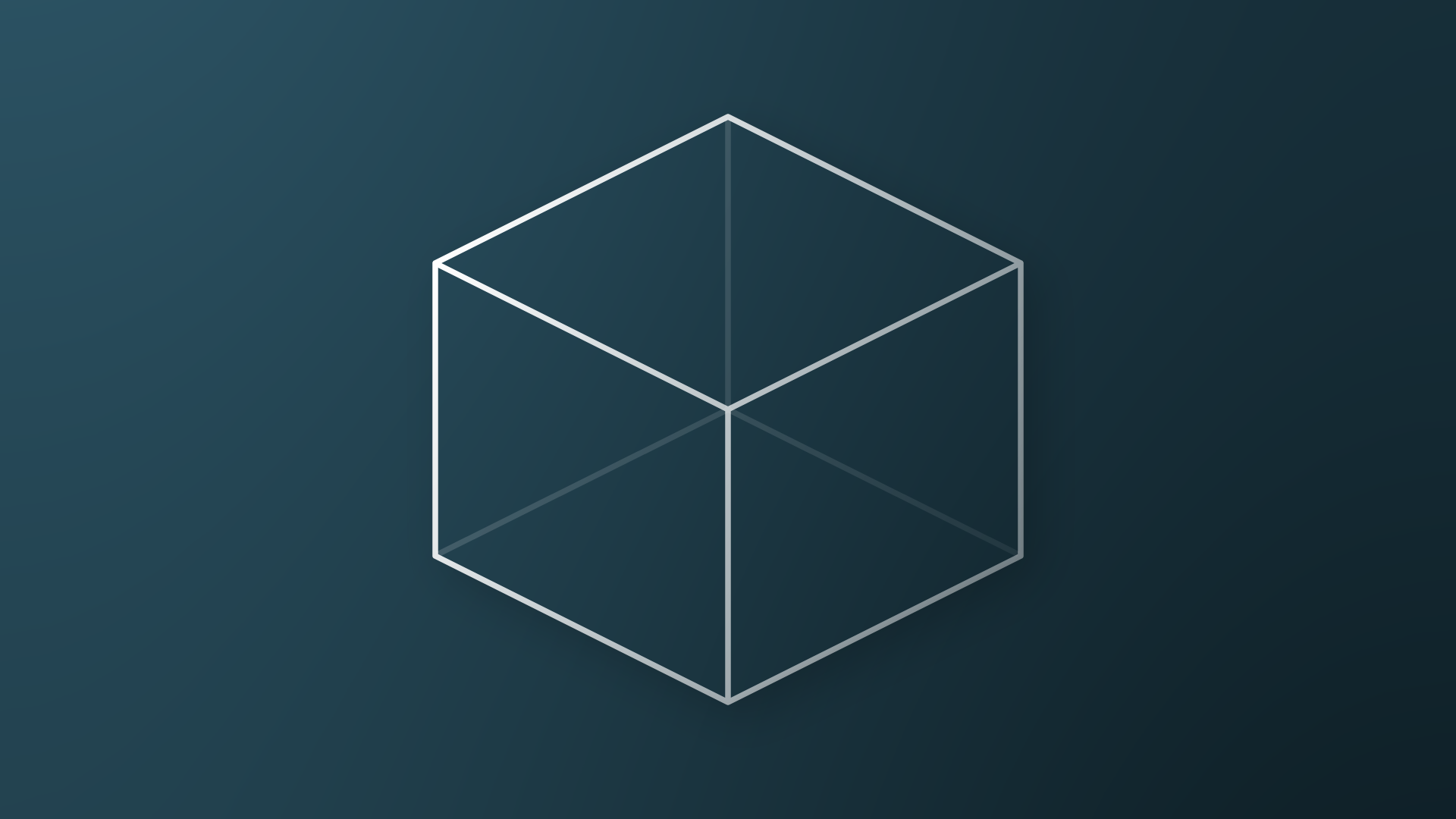People want to realize hyperrealistic aesthetics. To create impossible sceneries and make them reality. - Willem Stapel
In the digital age, many brands have developed visual systems and experiences that work to differentiate their brand. One way brands are further leveraging digital to differentiate their online experiences is through 3D design. While the effects of 3D design can be accomplished in a variety of ways, 3D modeling serves the basis for the future of immersive digital experiences.
What is 3D modeling?
Lindsay Kramer of 99 Designs defines 3D modeling software as, “the type of program that makes it possible for a designer to craft complex, detailed three-dimensional digital objects and worlds for them to inhabit.” 3D geometric design applies this methodology by creating easily scalable models. Although 3D modeling has a variety of uses and applications, the major benefit of 3D design is its functional and practical applications.
From rendering to development to actualization, 3D design allows for an in-depth look at products and design, resulting in a more custom, streamlined experience for both brands and users. While 3D modeling elevates some digital experiences to another level, simpler 3D effects like drop shadows and layering can be utilized to create a visual hierarchy of information and ideas.
How does 3D benefit brands?
In a space that largely relies on 2D renderings, using 3D design is a surefire way to stand out from your competition. Showcasing a life-changing product in a 3D application helps not only to sell the product, but to differentiate your brand as a forward-thinking company. Additionally, when using 3D modeling, R&D processes can be expedited, using models to develop solutions without creating physical prototypes.
For brands looking to lean into the tech space, 3D design adds a level of credibility. By creating a digital experience in 3D, brands immerse users in the digital world of their own design—turning something as simple as scrolling through a website into something transformative.
How does 3D benefit users?
3D modeling and photorealism go hand in hand, which makes it all the more powerful for creating life-like user experiences, especially for product-based companies. Unlike 2D renders, 3D modeling allows users to see products and tools before purchasing them. Any object is more realistic in a 3D application, making it easier to visualize how a product or service can fit into a user's lifestyle.
By creating more immersive experiences, users are transported into a new type of digital experience—one that’s custom to them. This doesn’t just stop at products. Musicians, artists, and other creatives are utilizing 3D design to make digital offerings more experiential, with custom sound, graphics, and images intermixed. These custom experiences can become gathering places for communities to learn, collaborate, and innovate together.
Who’s using 3D design?
Here are some examples of 3D design we love.
Rouser Lab
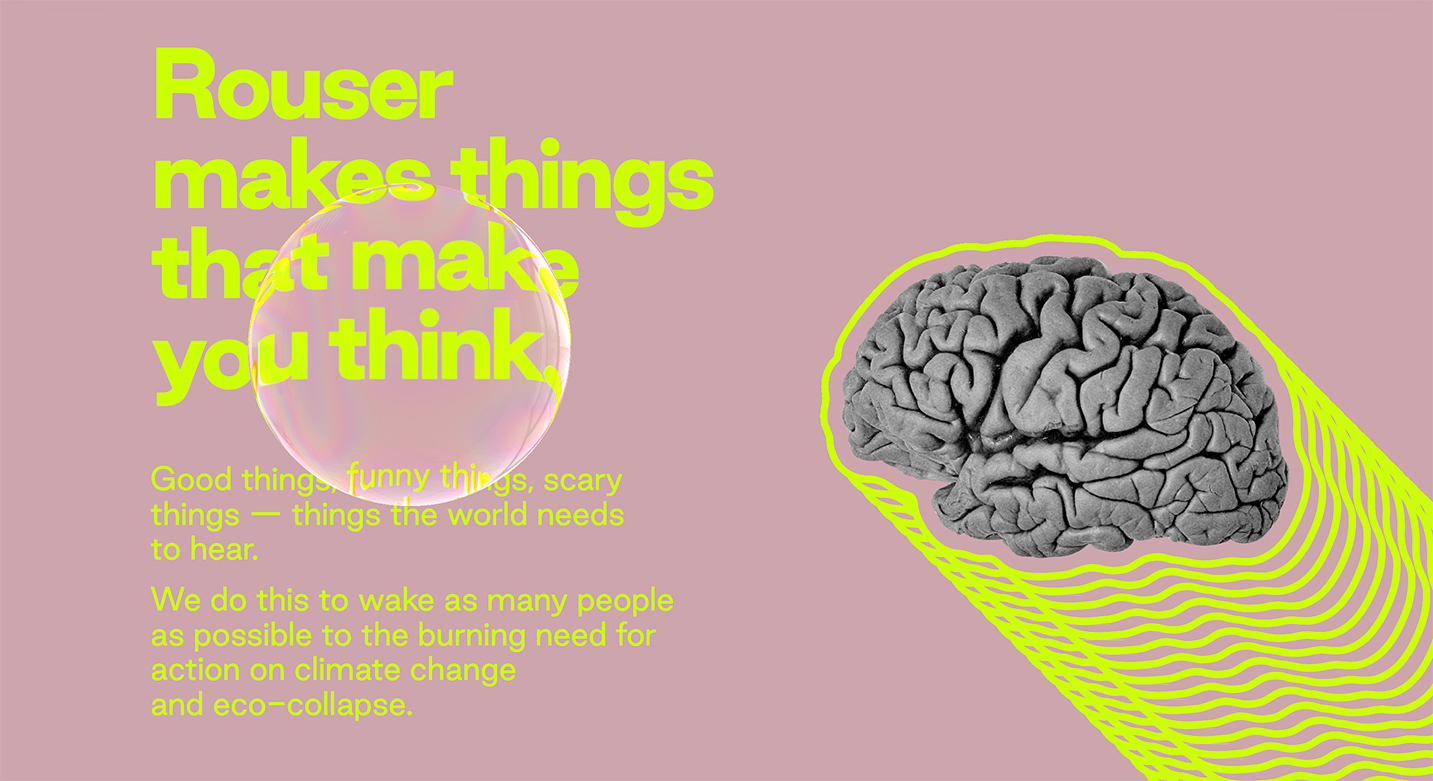
Porter Robinson
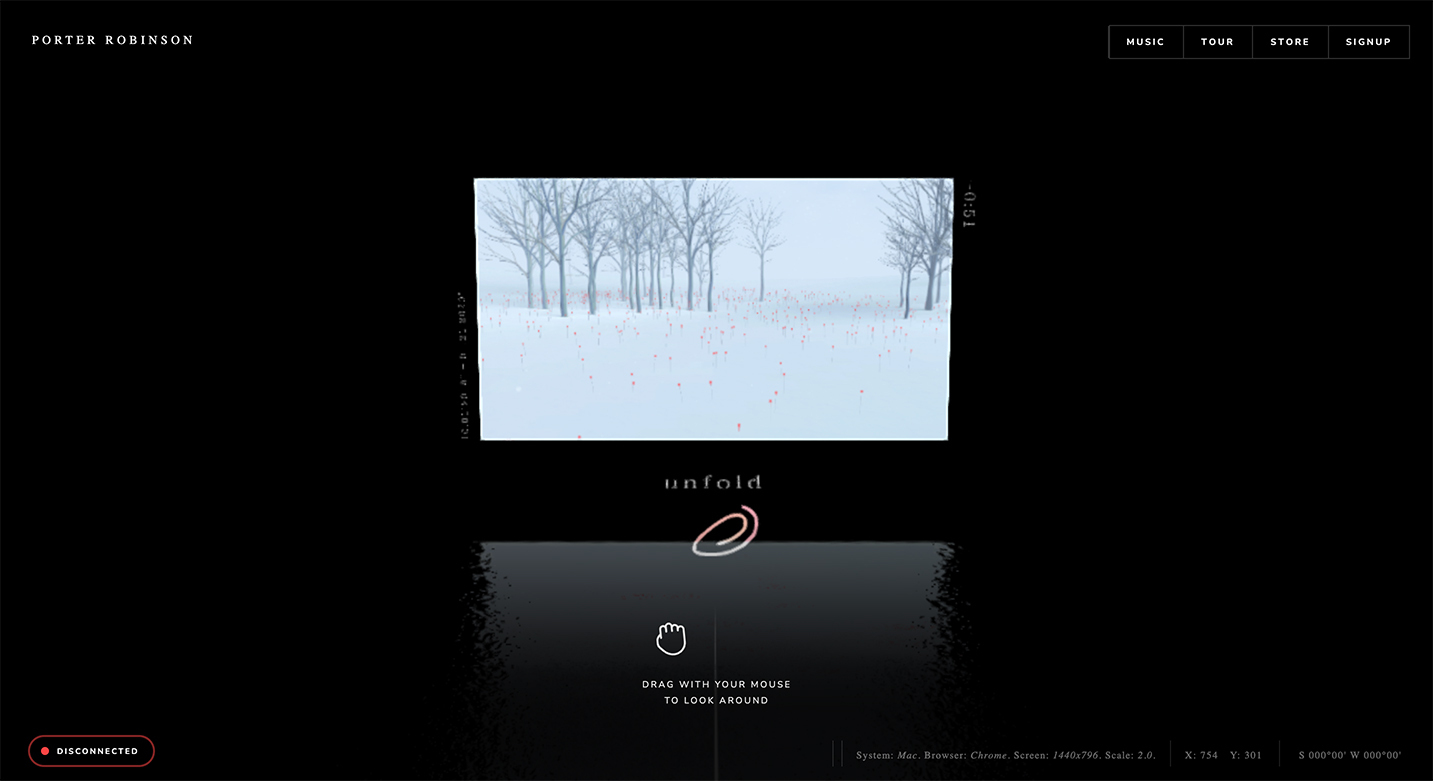
Argor Heraeus
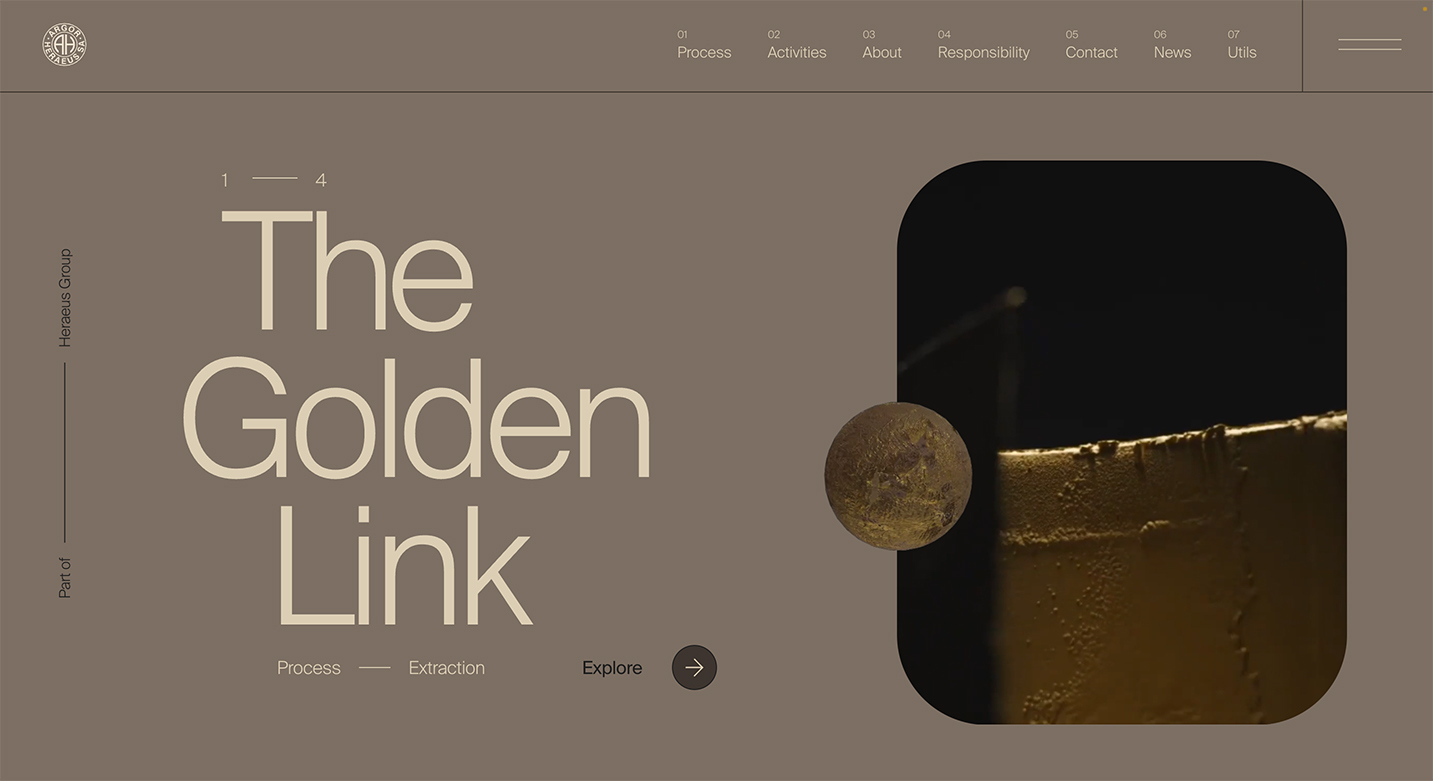
Aw-Tay
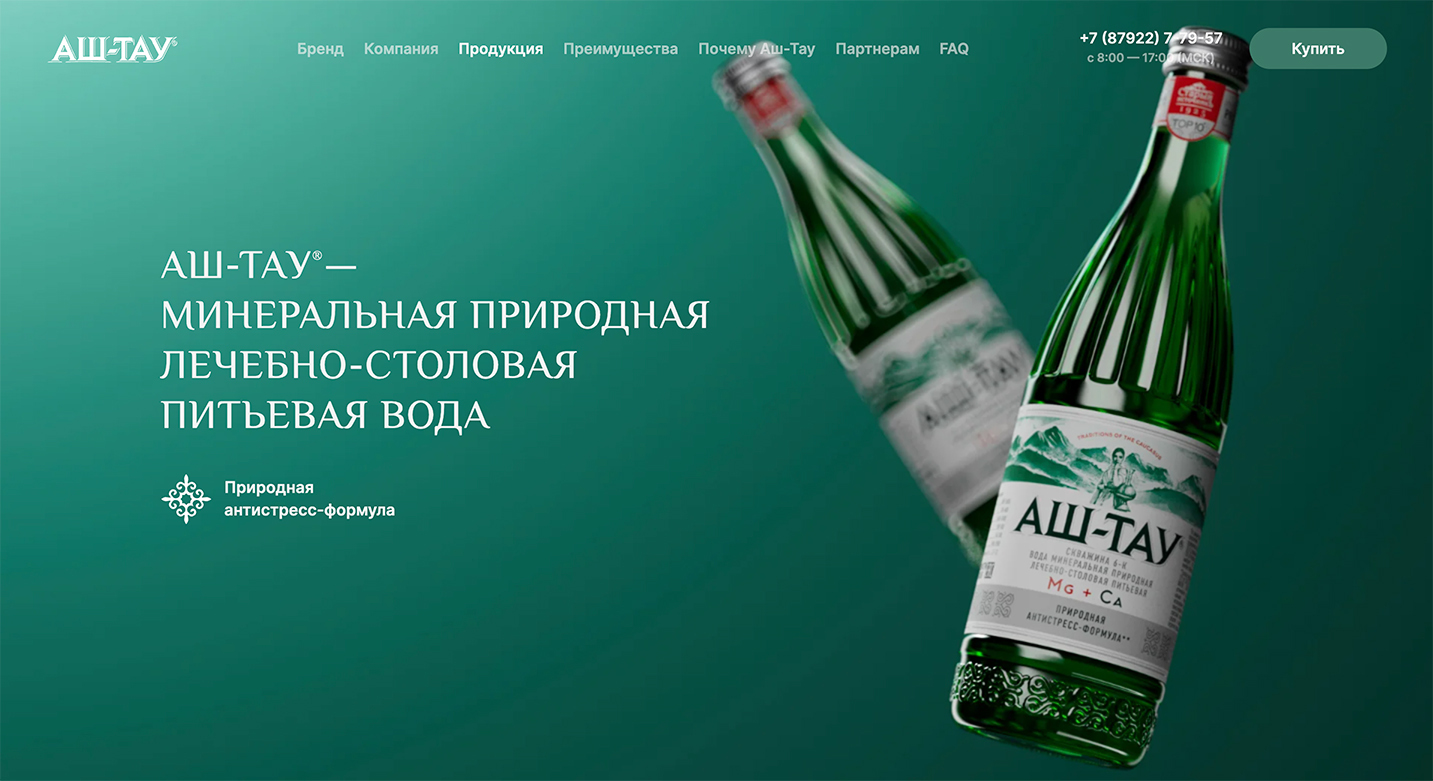
As we enter into the age of the metaverse, digital is going to transform with us. 3D spaces are just the beginning of what makes a truly remarkable digital experience.




